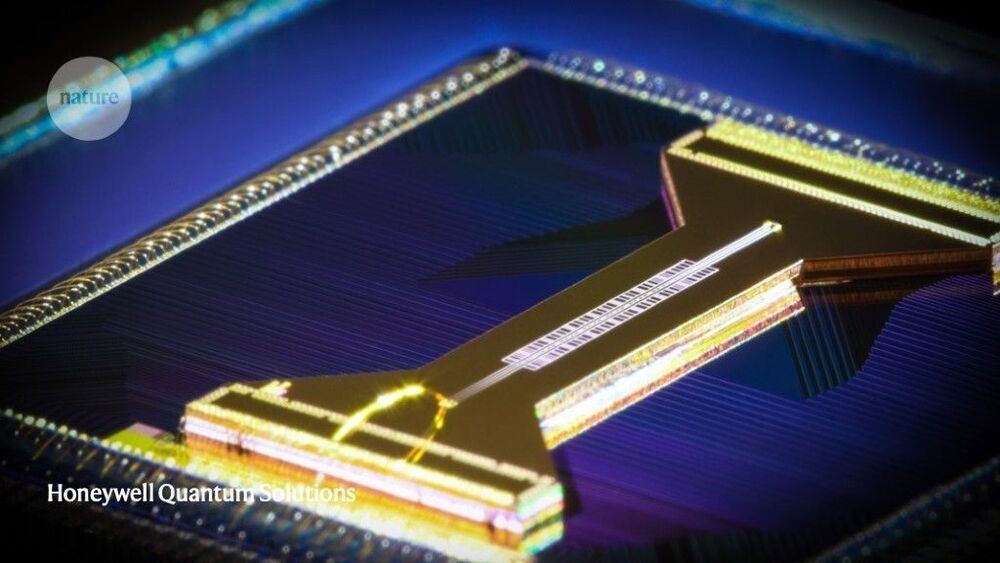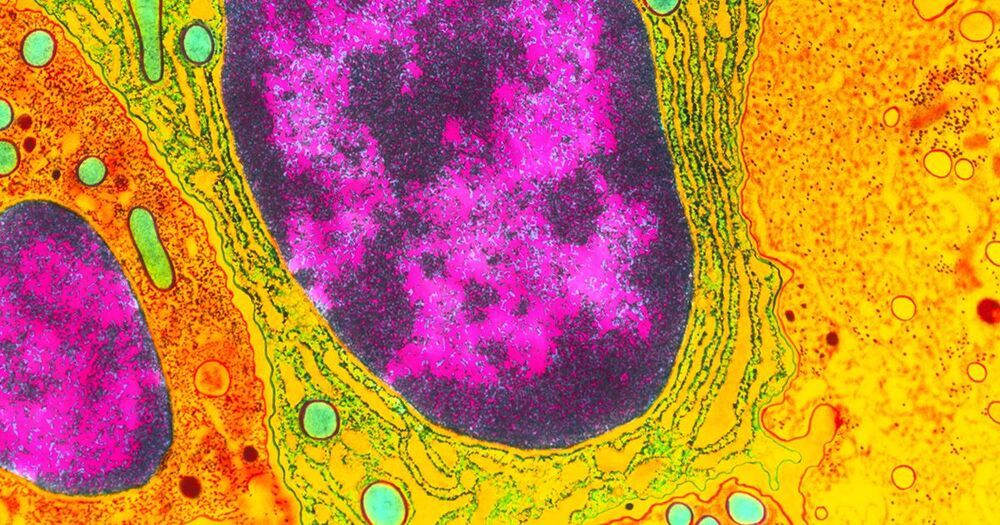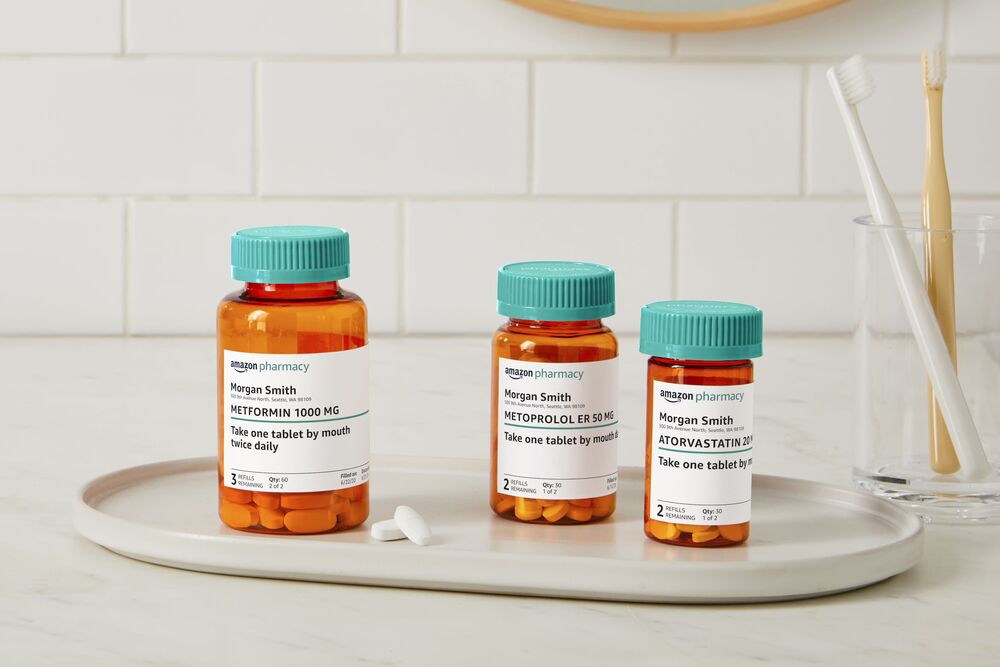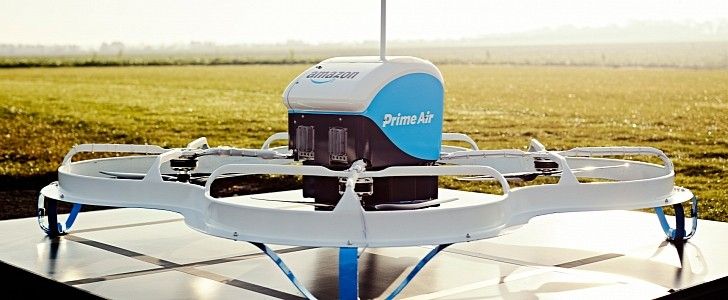Analysis of an ancient meteorite from Mars suggests that the mineral zircon may be abundant on the surface of the red planet.
By determining the age and hafnium isotope composition of zircon, researchers from the University of Copenhagen have shown that a population of these crystals were sourced from the deep interior of Mars. If the researchers are correct, it means that the young zircons contain information about the deep, inaccessible interior of Mars, providing insights into the internal structure of the planet.
The uranium-bearing mineral zircon is an abundant constituent of Earth’s continental crust, providing information about the age and origin of the continents and large geological features such as mountain chains and giant volcanoes. But unlike Earth, Mars’s crust is not evolved and is compositionally similar to the crust found under the Earth’s oceans, where zircon is rare. Therefore, zircon is not expected to be a common mineral on Mars.








